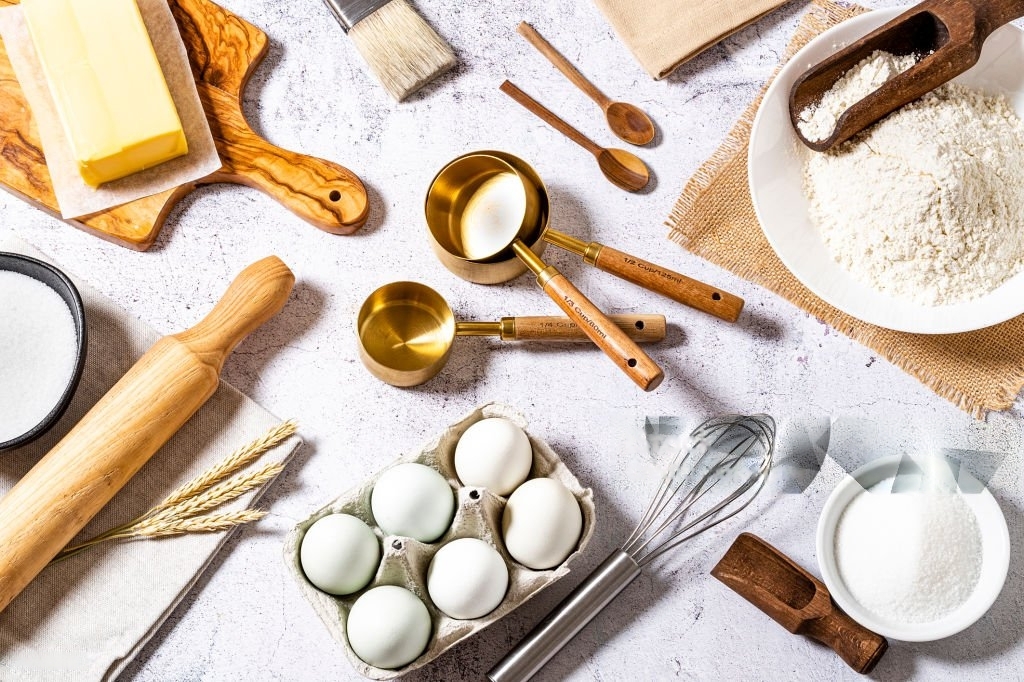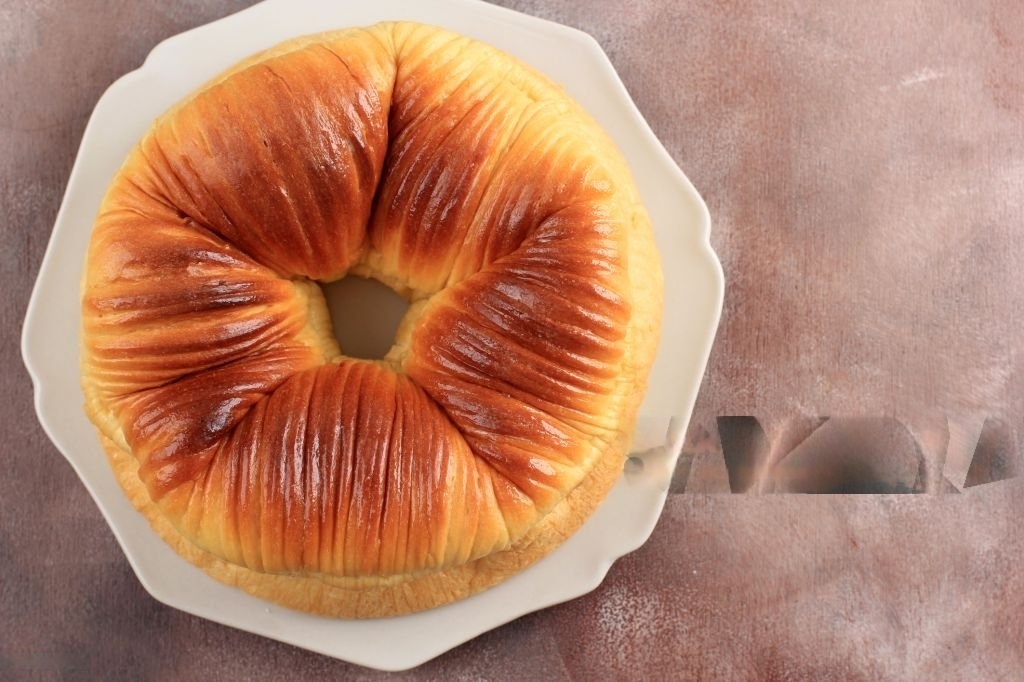Japanese Milk Bread Rolls, also called Hokkaido milk bread, is famous for its super soft, airy texture and a bit of sweetness. The key is using a special method called “tangzhong,” where you cook flour and liquid to make a thick paste. This technique moistens the bread, giving it a delicate crumb that stays fresh longer than regular bread.
I love making Japanese Milk Bread Rolls – they’re one of my top picks when it comes to baking bread. Join me as I walk you through my experience of creating these delicious rolls, from the recipe to the detailed process, and all the special touches that make them unique.
The Origins of Japanese Milk Bread:
Although the exact origins of Japanese milk bread are not entirely clear, it is widely believed to have originated from Japan’s adoption of Western bread-making techniques. During the Meiji era (1868-1912), Japan embraced foreign influences, leading to the popularity of bread-making among the Japanese people.
Japanese bakers quickly added their own touch to classic bread recipes, using local ingredients and methods to make something completely new. This creativity led to the creation of Japanese milk bread, known for its unmatched softness, delicate texture, and a hint of sweetness.

Recipe
For Tangzhong:
- 1/3 cup bread flour
- 1 cup water
- 1 cup whole milk
For Dough:
- 4 cups bread flour
- 1/4 cup granulated sugar
- 2 teaspoons salt
- 2 1/4 teaspoons active dry yeast
- 1/4 cup heavy cream
- 2 large eggs
- 1/4 cup unsalted butter, softened
- 1/2 cup warm milk
For Egg Wash (optional):
- 1 egg
- 1 tablespoon water
How To Make Japanese Milk Bread Rolls
1. Prepare the Tangzhong:
- Combine the bread flour, water, and milk in a small saucepan and whisk until the mixture is smooth with no lumps.
- Put the saucepan on medium heat and stir the mixture continuously until it thickens to a paste-like consistency, similar to pudding.
- Take it off the heat and move the tangzhong to a bowl. Cover with plastic wrap, making sure it touches the top of the tangzhong to stop skin from forming. Allow it to cool down to room temperature.
2. Activate the Yeast:
- In a small bowl, combine the yeast and 1/4 cup of warm milk. Let it sit for about 5-10 minutes until frothy.
3. Prepare the Dough:
- Mix together the bread flour, sugar, and salt in a big mixing bowl or in the bowl of a stand mixer with a dough hook attachment.
- Add the cooled tangzhong, activated yeast mixture, eggs, and softened butter to the dry ingredients.
- Stir on low speed until the dough forms, then switch to medium speed and knead for 10-12 minutes until the dough becomes smooth and stretchy. If kneading by hand, it might take a little longer.
- Form the dough into a ball and place it in a bowl that has been lightly greased. Cover it with plastic wrap or a kitchen towel, then allow it to rise in a cozy, draft-free spot for 1-1.5 hours, or until it has doubled in size.
4. Shape the Rolls:
- After the dough has risen to twice its original size, carefully press down on it with your fingertips to release the air bubbles.
- Move the dough to a fresh, lightly floured surface. Separate the dough into uniform pieces, based on the size you desire for your rolls.
- Shape each roll by flattening a portion of dough into a rectangle, folding it into thirds, and then rolling it up tightly into a log. Pinch the seam to seal and place the rolls seam-side down on a parchment-lined baking sheet, making sure to leave some space between each roll.
5. Second Rise:
- Place a kitchen towel or plastic wrap over the formed rolls, allowing them room to rise. Let them sit in a warm, draft-free area for 45 minutes to 1 hour until they double in size and become puffy.
6. Preheat the Oven:
- About 15-20 minutes before the rolls are done proofing, preheat your oven to 350°F (175°C).
7. Bake the Rolls:
- If you want to, you can make the egg wash by mixing the egg and water. Then, brush the egg wash on top of the rolls to give them a glossy look.
- Put the baking sheet in the oven that has been preheated and let the rolls bake for about 20-25 minutes, or until they turn a nice golden brown on top and sound hollow when you tap the bottom.
- Once baked, transfer the rolls to a wire rack to cool completely before serving.
8. Enjoy!
- Japanese milk bread rolls taste best when served warm or at room temperature. You can savor them on their own, with a spread of butter, or even as a delicious sandwich or slider. Keep any extras fresh by storing them in an airtight container at room temperature for 3 days, or freeze them for later enjoyment. Indulge in the delightful fluffiness of these homemade Japanese milk bread rolls!

Modern Variations Twists
Japanese milk bread rolls are not only tasty by themselves, but they can also be a great base for experimenting with different flavors. You can go for savory options like cheese, ham, or sesame paste, or try out sweet fillings like custard, red bean paste, or chocolate.
The possibilities are truly endless! And nowadays, bakers are getting even more creative by mixing Japanese milk bread with ingredients from all over the world. Whether it’s matcha-infused dough with azuki bean filling or tangzhong-enhanced cinnamon rolls, these new combinations honor Japanese baking traditions while exploring exciting new flavors.









